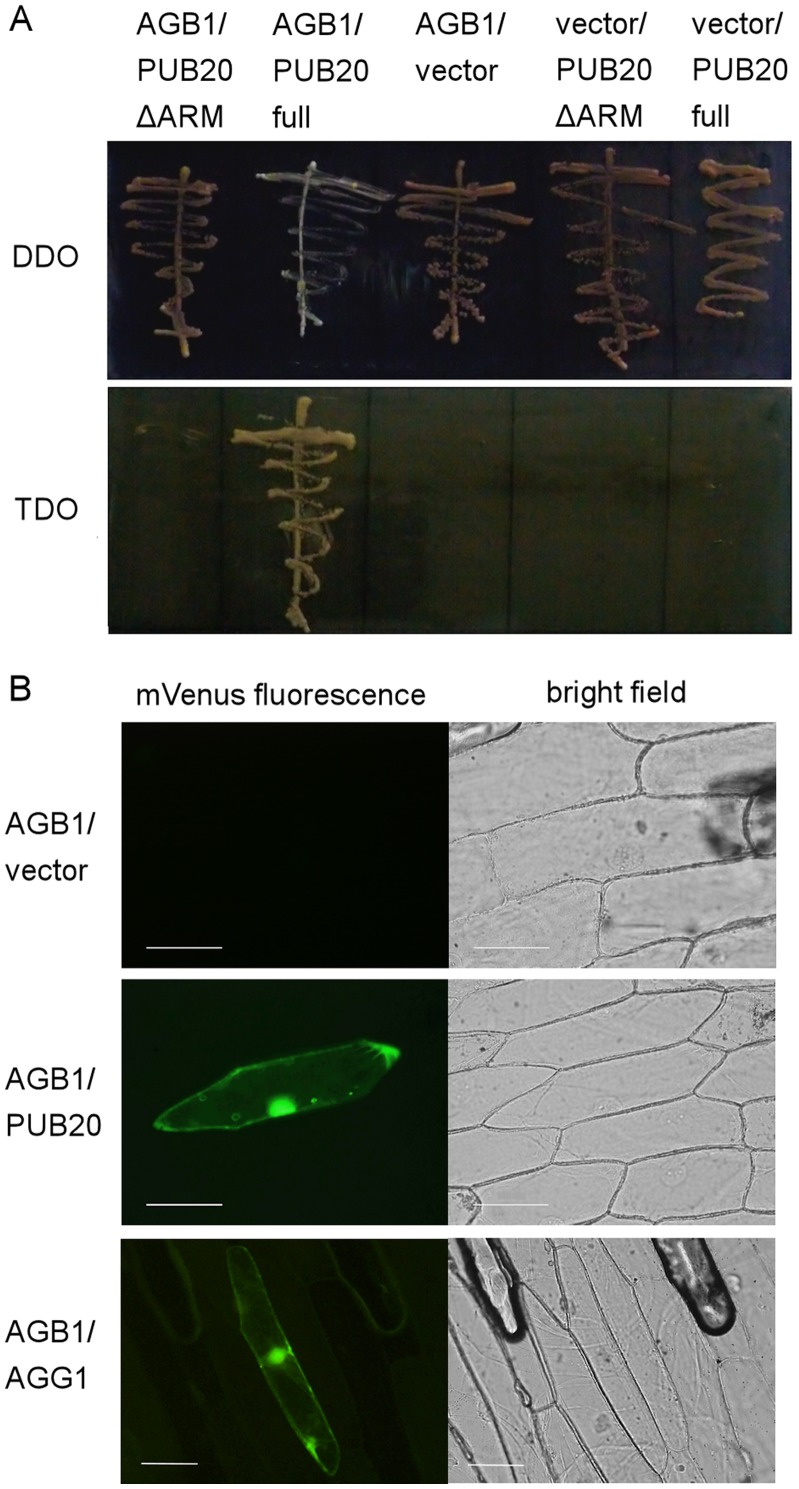Figure 1. Interaction between PUB20 and AGB1.
(A) Yeast two-hybrid assay. The combinations of the plasmids used for transformation of the yeast strain AH109 are indicated at the top of the panel (bait/prey). vector: a pGBKT7 plasmid or a pGADT7-Rec plasmid containing no insert, AGB1: pGBKT7-AGB1, PUB20: pGADT7-Rec-PUB20 (full-length ORF), PUB20ΔARM: pGADT7-Rec-PUB20 (truncated ORF without ARM repeats). Yeast cells were cultured on DDO (SD/−Trp/−Leu; control) and TDO (SD/−Trp/−Leu/−His+10 mM 3-AT) plates to check activation of the reporter gene, HIS3. (B) Bimolecular fluorescence complementation (BiFC) assay. The florescences in the cytoplasm (left) indicate complementation of the fluorescence of mVenus by interaction between PUB20 or AGG1 (positive control) [21] and AGB1. The combinations of the plasmids introduced are shown in the left (VN/VC). AGB1: pBS-35S:AGB1-VN159, PUB20: pBS-35S:PUB20-VC80, vector: pBS-35S:VC80, AGG1: pBS-35S:AGG1-VC80. mCherry was introduced together with negative controls to confirm that the cell was successfully transformed (data not shown). Scale bars = 100 µm.

